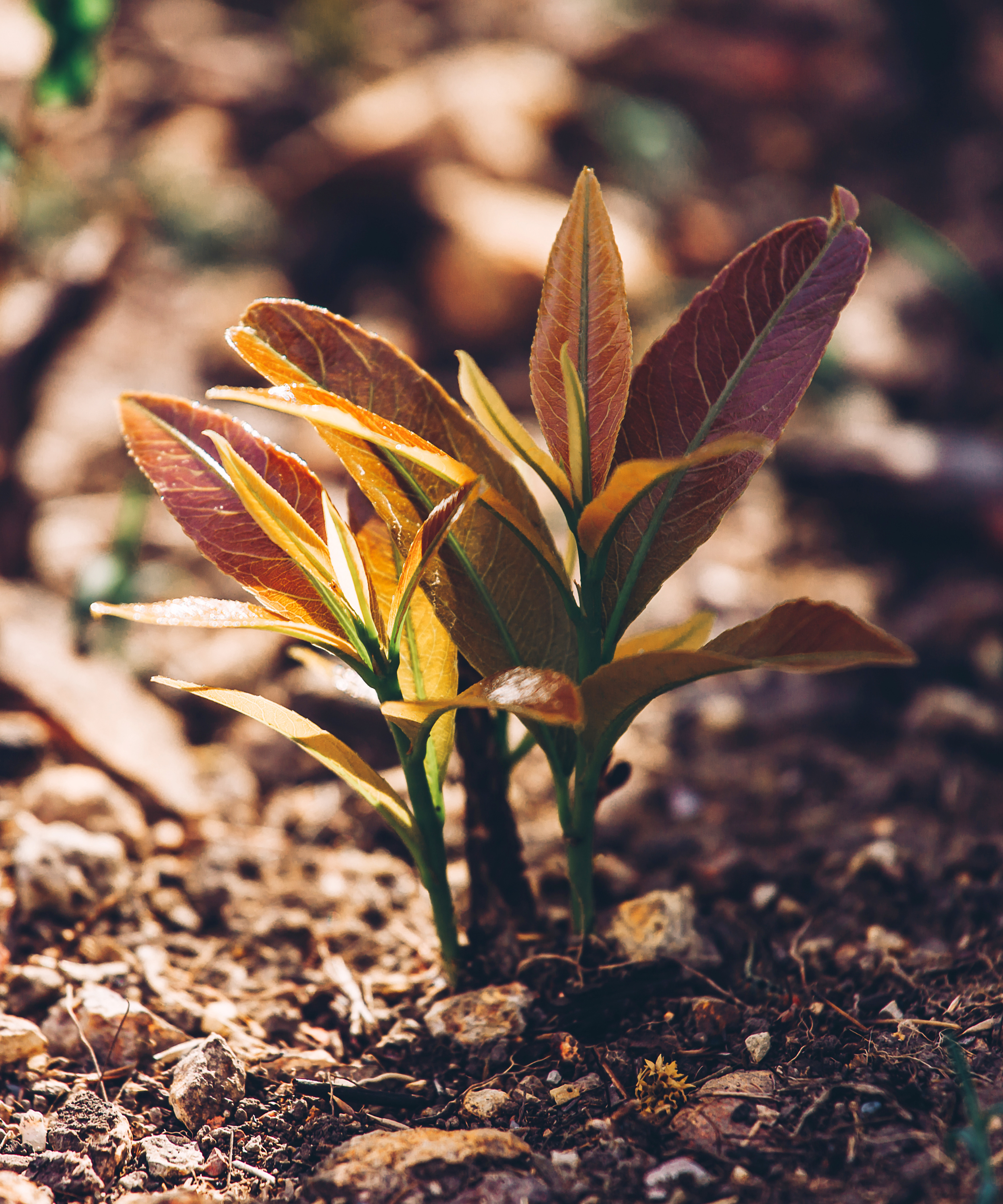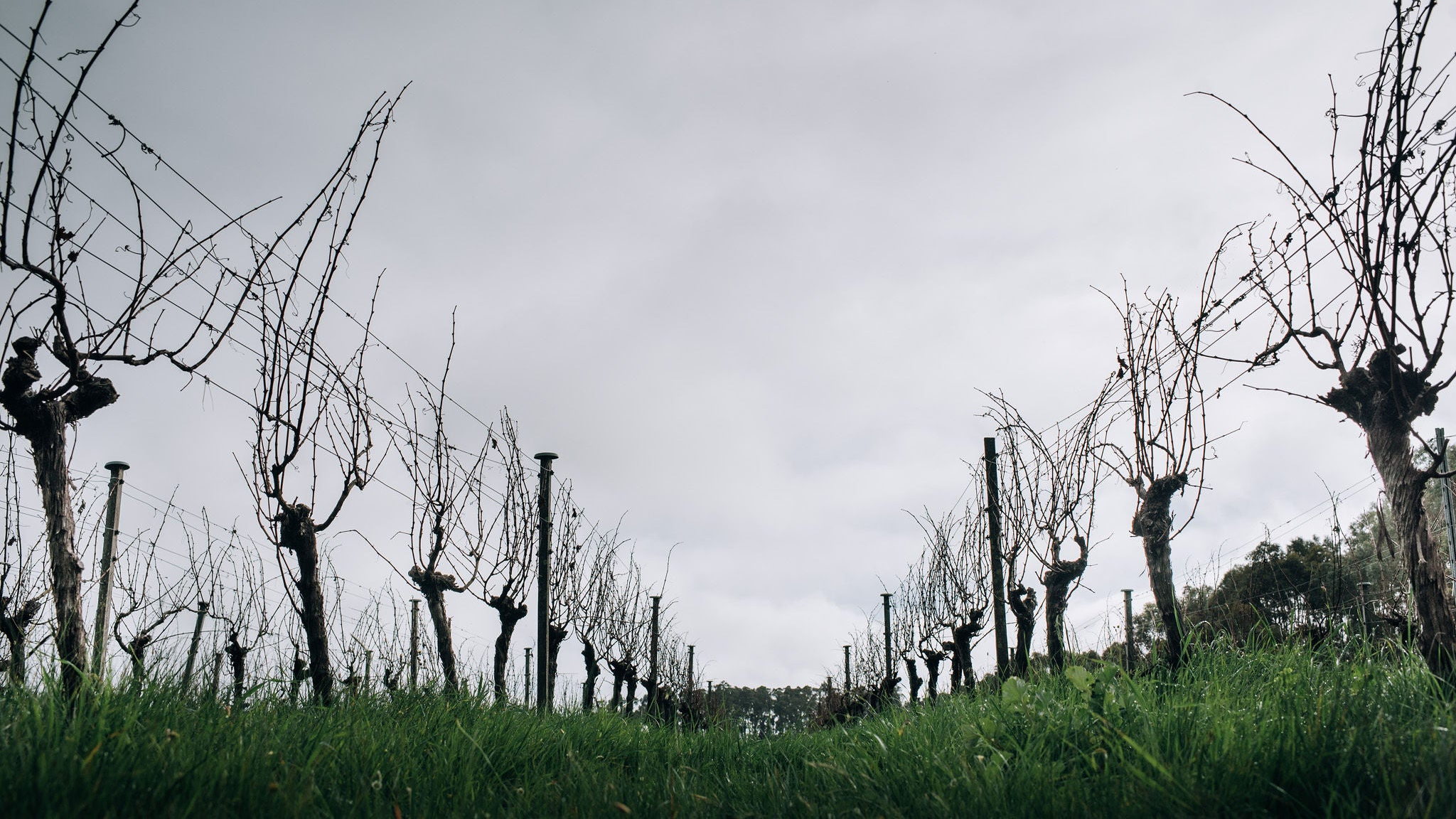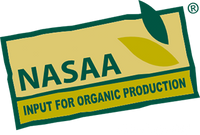Our Gut Houses Trillions of Microorganisms
The connection between soil microbes and gut health lies within our gut and is home to trillions of bacteria that make up our microbiome. This microbiome plays a vital role in various aspects of our health, including digestion, immune function, and even mental well-being. For this reason, we need to stimulate these microbes by offering all food groups.
It all comes down to diversity & moderation
Chemical farming & The Loss of Human Health by Zach Bush MD
Modern agricultural practices such as pesticide use and synthetic fertilisers negatively impact soil microbial communities
The presence of beneficial microbes, in the microbiome, enhances nutrient absorption, promotes a healthy balance of bacteria, and supports overall digestive function.
The microbial health of our gut is inextricably linked to the health of the microbes in the soil. We are at the stage now in our human evolution where we are just beginning to understand what soil microorganisms do.
The plants you eat harbour microbes from the soil they were grown in. When you consume these plants, you're introducing those microbes to your gut, boosting its diversity. It's a fascinating two-way street and worthwhile exploring.
Research suggests that individuals who consume diets rich in fruits, vegetables, whole grains, and other plant-based foods tend to have a diverse and healthy gut microbiome. This diversity is associated with better overall immunity and health outcomes.
The more diverse the gut microbiome is, the more resilient and capable the gut is (especially to fight of disease), as well as more efficient in breaking down essential substances. Since the human diet is very diverse, many substances need to be broken down and the more variety of microorganisms there are present, the higher the chances that each substance will be broken down.
Going back to the research, we now know that due to the rise in chemical inputs and packaged food consumption, we have diminished our food diversity for certain microorganisms to survive.. One could say we have made some microorganisms extinct. No doubt leaving behind a world of greater disease. susceptibility.
An interesting fact the word disease stems from dis ease. Meaning it puts our body into a state of dis ease.
The soil microorganisms in broad view serve the same goals as the gut microorganisms to break down essential nutrients, aid in growth and nutrition, and aid in disease resistance. The soil has direct contact with plant roots which is one of the main ways how plants attain their nutrition and maintain their health. Soil microorganisms’ function in nitrogen fixation, phosphorus solubilizing, and suppression of pathogens and diseases that can come in contact with the plant roots. Microorganisms help feed the plant as well as protect the plants from stress from both biotic and abiotic factors (i.e., viruses and weather). Microorganisms also aid in the sprouting of seeds. The same concept goes for the diversity of microorganisms in the soil as is in the gut; the more variety, the higher the chances the plant will get proper nutrition and protection.
In general terms, the more variety of microorganisms, the better and the only way to get more variety is by providing all the food groups to your soil via bio-stimulants and organic inputs.
Soil microorganisms cycle nutrients and water to plants and ultimately to our food and the human organism
By understanding the parallels between our gut microbiome and soil ecology, we can appreciate the interconnectedness of life and the importance of fostering diversity in both realms.
Just like a healthy garden relies on a variety of creatures, from earthworms to pollinators, a balanced gut microbiome depends on a multitude of bacteria, fungi, and other microscopic partners. These microbial communities play a symphony of roles, from breaking down food and recycling nutrients to bolstering our immune system and promoting plant growth. This process enhances nutrient availability and uptake by plants, leading to healthier and more productive crops.
Just as some soil microbes decompose organic matter while others stabilize the soil structure, our gut inhabitants also work together in a beautiful symphony. These microbes help digest our food, while "stabilizing" and therfore one maintains a healthy gut environment.
Additionally, beneficial soil microbes can help suppress plant diseases. Some microbial species have the ability to inhibit or compete with pathogenic organisms, reducing the risk of crop infections and increasing natural plant immunity.
Reintroducing beneficial soil bacteria to depleted soil is akin to eating naturally cultured and grown foods to restore the gut microbiome
How To Repair The Damage
Repairing the soil can be done through natural farming, using natural soil care practices, and organic inputs like Bio-stimulants for the soil. These are practices that can be effectively applied to both small or large-scale agricultural systems.
The best way to restore the human gut health is to eat a diversity of fresh foods, particularly leafy greens, that have been grown and picked fresh, from natural ‘living’ soil as well as naturally cultured or fermented foods.
For all the above reasons, is WHY here at Soil Dynamics, we have created a diverse range of bio-stimulants for your soil microbiology and have taken the guesswork out for you.. We want to help you garden organically with confidence so you can have control over your environment inside and out.
For this reason, we have named our products in line with human food groups, after all, "You are what you eat and so is Your Soil"
We hope you enjoyed this with gratitude Your team at Soil Dynamics





